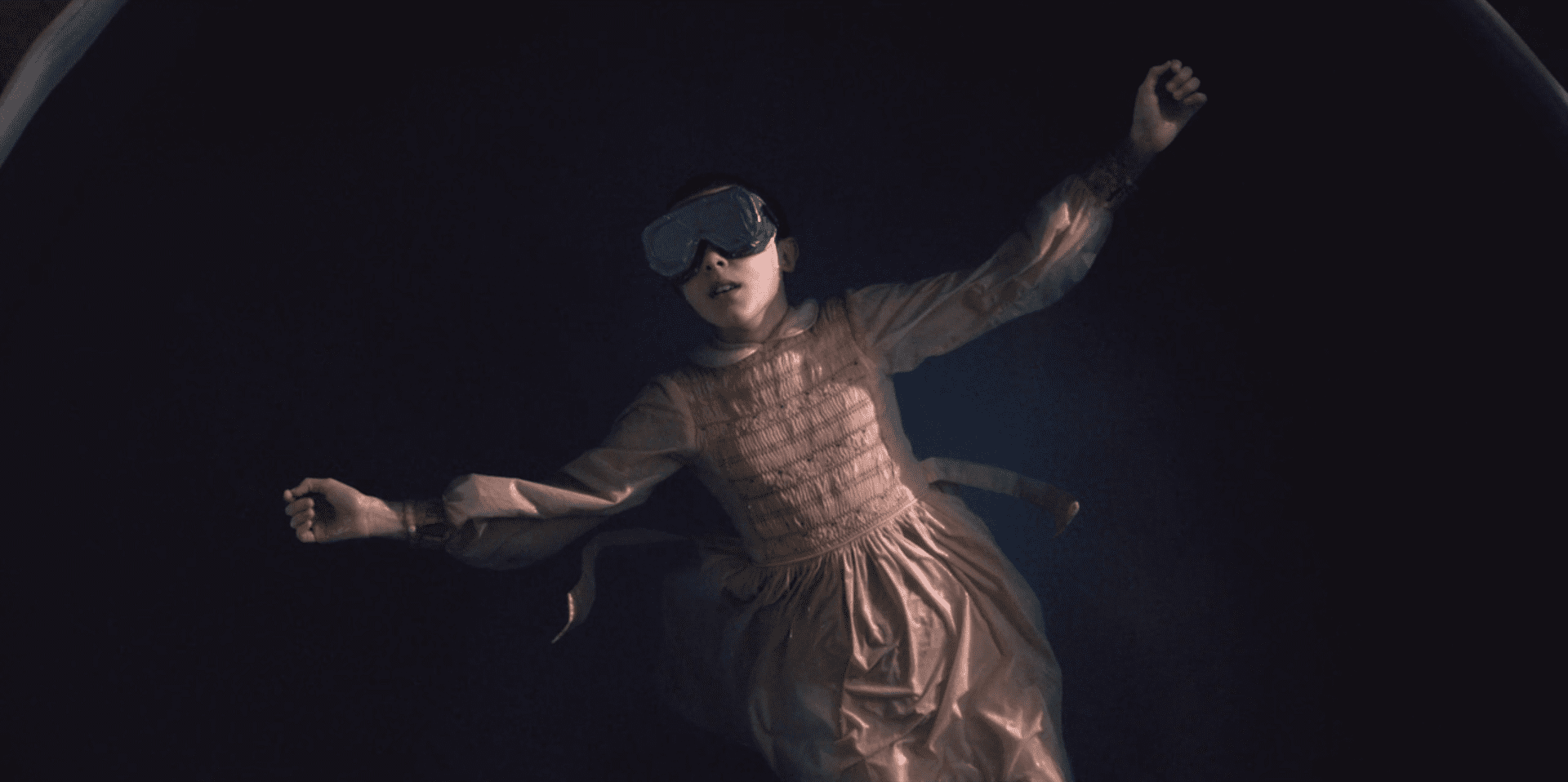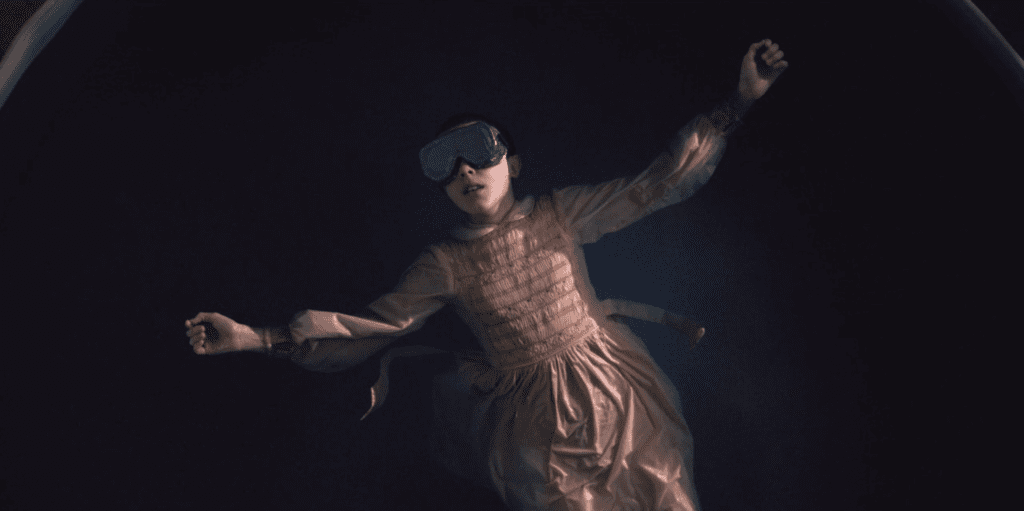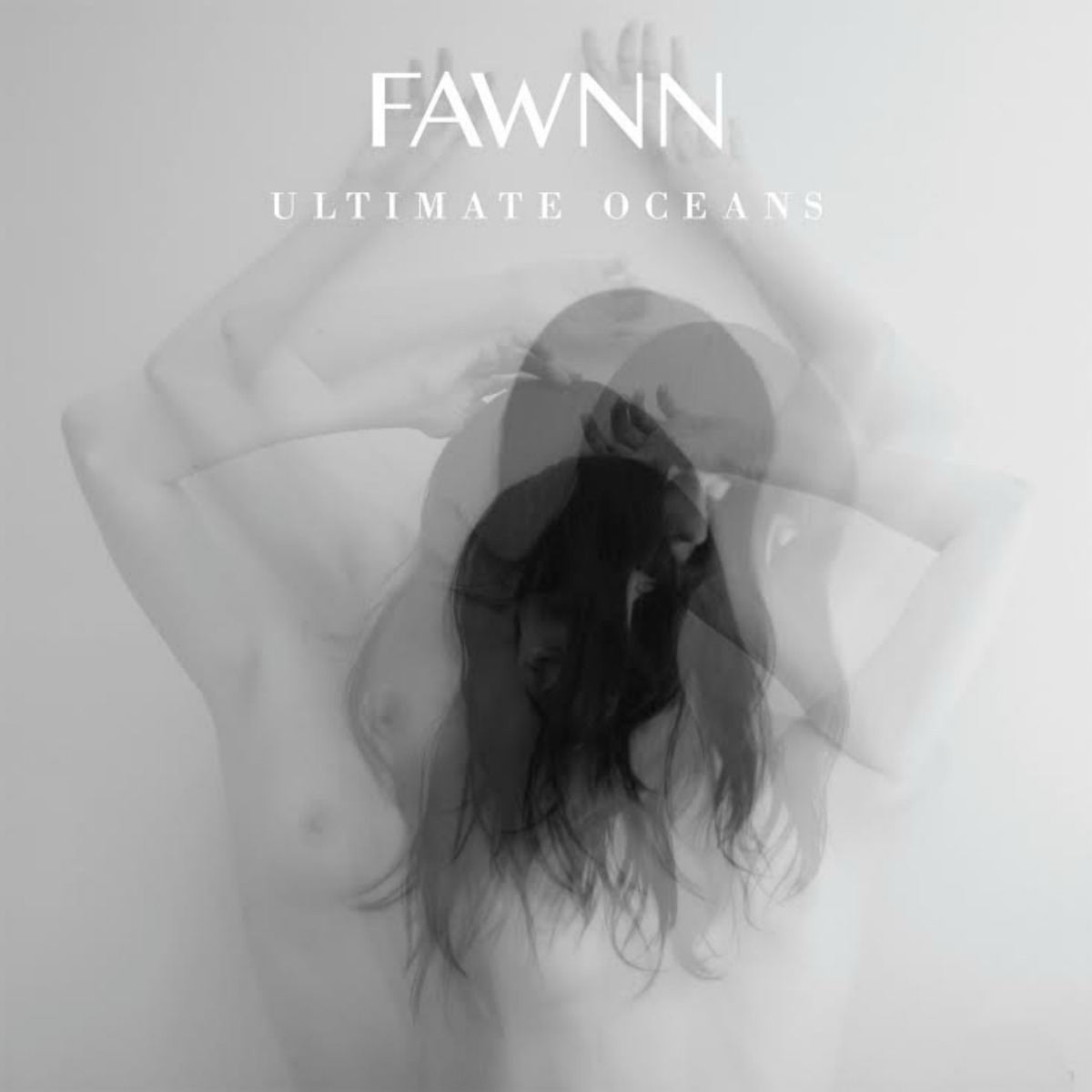

Last year, before the presidential election tore through the fabric of reality like Dr. Who’s Tardis, a friend invited me to indulge in her Groupon – for a float. “Floating” aka “Flotation Therapy,” is a physically simple practice achieved by resting your naked self atop a highly concentrated saline solution. The super salty pool (upwards of 1,000 pounds of salt for just a bath’s amount of tepid water) suspends your bod like a buoy, and allegedly alleviates you of any tactile sensation. Though comprised of rudimentary ingredients, this spa trend can cost exorbitant prices ($75-$130 per “float”) when paired with mood lighting and Pandora’s “Enya radio.”
But what is the purpose of Flotation Therapy? The answer might be found in the treatment’s other name: the “Sensory Deprivation Tank.” Aside from sounding like the title of a Ken Russell film, the name taps into a deeper human longing than relaxation: the desire to feel nothing. Sure the tank suggests the separation of mind and body, spinal alignment, and even hallucinations. Benefits of a good “float” nod at the metaphysical – spiritual transcendence that can be accomplished by many trips to the tank over a period of time – but it was the nothingness I was most intrigued by (in part because I don’t believe in spiritual transcendence).
“Numbness” and “nothingness” are concepts more foreign to me than “health insurance” and “good credit.” Truthfully, I’ve always felt all the feelings; and if there’s one thing I’ve never felt, it’s nothing. I can’t help but wonder – if there’s a new age miracle treatment for feeling that boils down to a well-lit, salty bath – could music conjure a similar absence of stimulation…or better: emotion?
For music to negate feeling would be a true feat of inversion, like a baker un-baking bread. Music was made for emoting; it’s an especially potent dialect of emotional language that can make us dance to songs we think are crap and cry during trite commercials. But is there a song in existence capable of evoking the anti-feels? If so, I am desperate to find it.
Just as I was skeptical of the tank’s pledge of “sensory deprivation,” I doubted I could find a song, let alone an entire record, that would act as an aural anesthetic, an antidote to pop’s poisonous love songs, rap’s wrath, and disco’s boogie. But despite my suspicion, I knew right where to start looking: the ambient soundscape. After all, what better to numb ourselves with than the a-rhythmic, a-melodic wanderings of the ambient-electronic canon? I set myself up for a series of highly subjective, uncontrolled tests after a period of distress when even listening to the new Harry Styles single would make me weep (and not because it’s bad).
I first selected a couple of records – my “test drugs.” Then, during a moment of particularly intense emotion, I would pop one of my pills and see what happened. The first tablet to swallow was William Basinski’s groundbreaking Disintegration Loops. In making this four-album saga, Basinski recorded fragments of ambient music through a tape loop that captured the gradual deterioration of the tape itself – the subtle corrosion of the magnetic strip barely audible, but somehow still palpable to the listener. The result is a somnolent meditation on repetition, impermanence, and decay. It is a beautiful and delicate work that could probably benefit someone with insomnia, but that wasn’t exactly my problem. Sure, “somnolent meditation” and delicate beauty sound all good and anesthetizing, but then I thought about it a bit more: the Disintegration Loops are literally the sound of something (though tape) dying. Dying is sad. Sad is an emotion. Next.
Surely I could turn to my trusty No Wave hero Glenn Branca for a good shot of sonic Novocain – he doesn’t even believe in melody! I swallowed the eccentric composer’s 1981 album The Ascension like a fistful of Advil, and awaited its sweet relief. Unfortunately, The Ascension goes down a bit differently when you’re having an off day, and though I’m all for aggressive music, the record should perhaps be labeled thus:
“Side effects of listening to The Ascension during a period of emotional distress may include: discordant notes, furious drumming, agitation, crashing synth-cymbals, blood-boiling rage, satanic distortion, terror, and face melting guitar solos.”
I was beginning to feel like Goldilocks. William Basinski was too soft. Glenn Branca, too hard. Where was my happy medium? And by happy medium, I mean complete and utter nothingness.
I trudged through countless artists; Michael Gordon, Nils Frahm, Aphex Twin, Brian Eno, Oneohtrix Point Never – each sound, though wildly unconventional, still managed to stoke that pesky human defect: feeling. I was about to call it quits on my quest…and then I remembered his name.
Steve. Reich. If I had taken in Basinski and Branca like vitamins, maybe it was time to inject myself with Reich’s 1976’s masterpiece Music For 18 Musicians. Reich has long been a pioneer of minimal music, and it’s silly I didn’t turn to his catalog for my little experiment sooner. Could his compositions truly make me comfortably numb?
The answer, at long last, was yes. I had found the song to feel nothing to.
Music For 18 Musicians, though technically an album, really functions as an unyielding 59-minute song. Its continuous nature (there isn’t one breath of silence in the entire record) is necessary for optimal catharsis, because while music is the space between the notes, those spaces can destroy you. Space allows for thought, and thought is no damn good when you’re trying to sedate emotion. Music For 18 Musicians on the other hand, is so relentless, so packed with notes, that your brain is constantly trying to keep up with them, and has no capacity for wandering thought. Perfect.
When looking into the history of Music For 18 Musicians, I found that Reich was inspired by Psychoacoustics, which is the scientific study of our psychological and physiological response to sound (noise, speech, and music). Knowing this I feel a bit less nutty for reacting in such an intense way to Reich’s piece. Perhaps he wanted to offer the ability to momentarily transcend sentiment in the same way Flotation Therapy seeks to transcend sensation. Maybe more than an aural anesthetic, Music For 18 Musicians is an antibiotic, obliterating the good and bad bacteria simultaneously, destroying all cells in its path. Like a natural disaster, it has no emotional motive; its dense mass is purely self-perpetuating.
Aside from being the anthem for neutrality, I must say: Music For 18 Musicians is also the best break-up record of all time – if you’re actually trying to get over the break-up, that is. Trust me, I’ve tried all the others, and a year ago my heartbreak playlist would be wildly different. I’ve bathed in Muddy Waters and drank Jackie Wilson’s “Lonely Teardrops.” I’ve anointed myself with Nick Cave’s rage and drowned myself in the cold cruelty of Smog. But all they’re good for is salting the wound. Now, I don’t want a Hank Williams Band-Aid… I want a Steve Reich IV drip.
So what do you do when you’ve found the perfect drug? Get it approved by the FDA, patent it, and stock up. But the problem with any medication is twofold. Firstly, the effects wear off after a while, and secondly, you tend to build up a tolerance. Sure, the flotation tank and Steve Reich can suspend you in salty and sonic pools of beautiful nothingness – they can even eviscerate the pain for a whole hour. But what do you do for the remaining twenty-three, when you can’t be naked in a bath or listening to music? I guess therein lies the real experiment.




